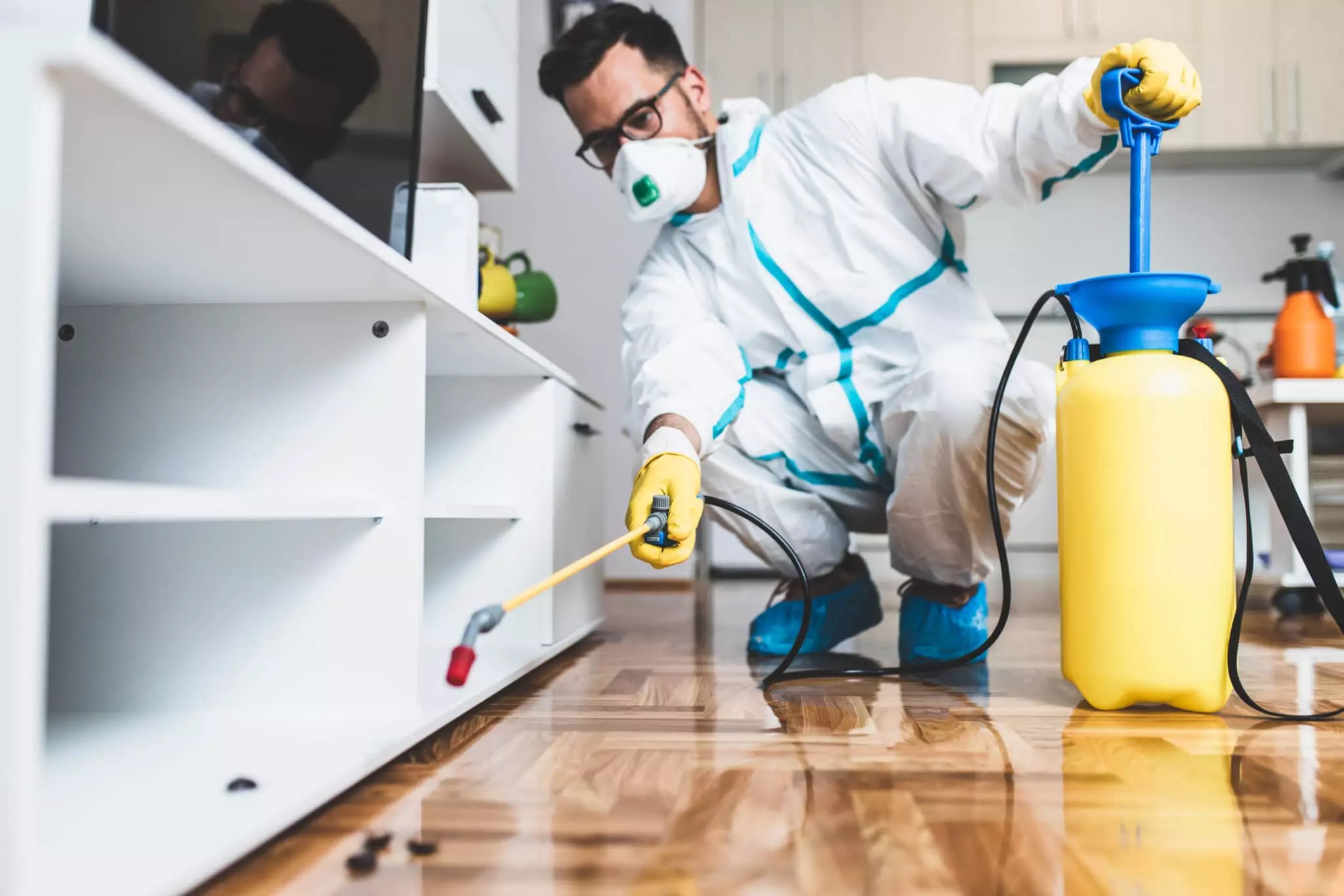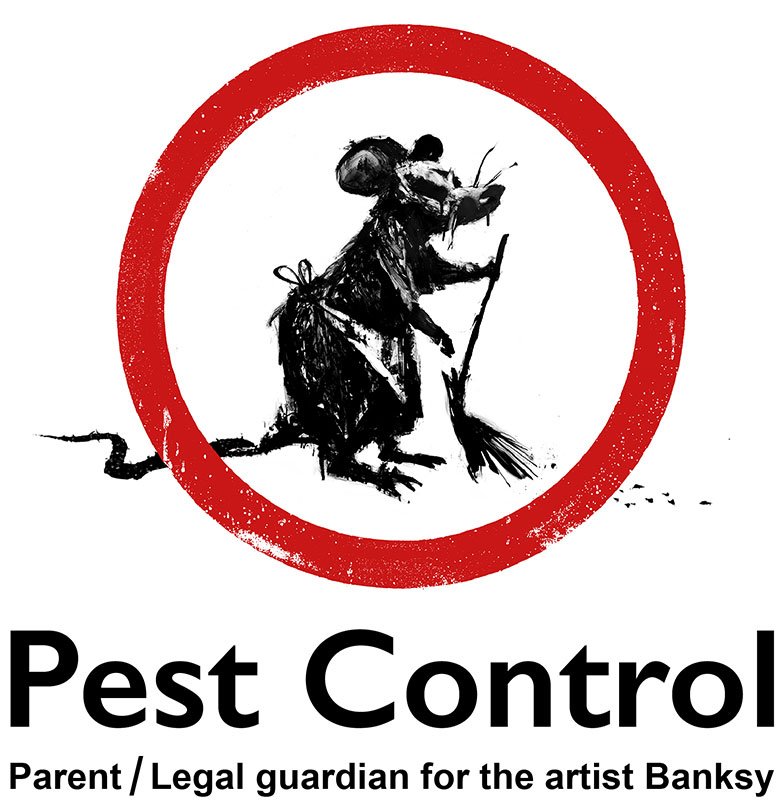Discovering Problem and Treatment Strategies in the World of Parasite Control
The landscape of bug control incorporates a myriad of difficulties, particularly as problems of usual home insects continue to develop. By incorporating precautionary procedures with sophisticated monitoring techniques, such as Integrated Insect Monitoring (IPM), house owners can much better safeguard their atmospheres.

Usual Household Vermin
When it involves handling our space, recognizing usual household insects is crucial. These bugs not only disrupt our convenience yet can also position health risks and damage residential or commercial property. The most widespread family parasites consist of ants, roaches, rats, termites, and bed insects.
Ants, frequently seen foraging in kitchens, can infect food and develop big nests. Rats, including computer mice and rats, can cause architectural damages and carry illness like hantavirus and salmonella.
Recognizing the indications of these pests, such as droppings, nests, or bite marks, is crucial for early intervention (Pest Control Lockhart). Appropriate cleanliness techniques, securing entrance factors, and maintaining a clutter-free atmosphere are effective preventative measures. By determining these common house pests and comprehending their habits, house owners can take aggressive steps to minimize infestations, making sure a healthier living atmosphere
Recognizing Insect Infestations
Bug infestations can escalate rapidly, transforming a minor inconvenience into a considerable trouble otherwise addressed immediately. Recognizing the nature of these infestations is vital for effective management. Bugs can invade domestic and industrial rooms for different factors, including the look for food, sanctuary, or reproducing premises. Typical factors adding to infestations consist of bad sanitation, architectural susceptabilities, and seasonal modifications that drive pests indoors.
Recognizing the kind of bug is vital, as different species show varied behaviors and reproductive prices. For example, rodents may develop nests in covert areas while bugs like cockroaches prosper in wet settings. Early discovery commonly depends upon identifying indications such as droppings, munch marks, or uncommon noises, which can suggest a trouble prior to it becomes serious.
Ecological conditions likewise play an important function in parasite expansion. Warm, damp environments can facilitate the fast growth of parasite populaces, while adjustments in landscaping or building can accidentally produce favorable environments. Regular inspections and preventative procedures are extremely important to alleviating the danger of invasions. An informed strategy to understanding these characteristics prepares for reliable pest administration strategies in the future.
Therapy Approaches and Methods
Effective treatment approaches and methods are important for alleviating bug invasions and recovering a secure atmosphere. A multifaceted strategy is usually best, incorporating chemical, biological, and mechanical techniques customized to the specific parasite and the seriousness of the infestation.
Chemical therapies consist of using insecticides and herbicides, which can efficiently remove insects. Correct application and adherence to security guidelines are essential to minimize risks to people and non-target microorganisms. Integrated Insect Administration (IPM) urges the wise use of chemicals as a last resort, counting instead on tracking and threshold levels to figure out intervention demands.
Organic control methods include presenting natural killers or bloodsuckers to reduce insect populations. This strategy is significantly preferred, especially in agricultural setups, as it promotes ecological sustainability.
Mechanical techniques, such as traps and obstacles, supply immediate relief from bugs without introducing chemicals. Alternatives include sticky traps for pests or physical obstacles for rats.
Eventually, the choice of therapy method need to consider the particular bug, the setting, and prospective influence on human health and wellness and communities. A well balanced combination of official statement these techniques can properly handle invasions while promoting long-term insect control options.
Safety Nets for Homes
Proactively addressing bug problems before they intensify is essential for preserving a healthy and balanced home atmosphere (Pest Control Lockhart). Implementing reliable preventative actions can dramatically minimize the chance of problems, eventually securing both your residential or commercial property and wellness

Appropriate landscape design also plays a critical function in prevention. Maintaining shrubs and trees cut away from your home lowers the opportunities of bugs finding their means inside your home. Furthermore, make sure that water drainage systems are functioning successfully to avoid standing water, which can reel in insects and various other pests.
Finally, regular inspections are suggested. Routinely looking for indicators of bug activity enables for very early intervention. By embracing these safety nets, house owners can produce an atmosphere that is much less friendly to bugs, therefore boosting their general top quality of life and decreasing the requirement for comprehensive parasite control interventions.
Industrial Pest Control Techniques
A thorough technique to industrial bug control is crucial for businesses aiming to maintain a risk-free and hygienic environment. Reliable methods entail a mix of normal evaluations, employee training, and the implementation of Integrated Pest Management (IPM) practices.
Regular evaluations allow early discovery of parasite task, enabling prompt treatment. Organizations ought to create a routine timetable for these evaluations, concentrating on risky locations such as cooking areas, storeroom, and garbage disposal websites. Worker training is similarly vital; staff needs to be informed on the indicators of pest problems and the significance of reporting them right away.
Carrying out IPM methods read more aids alleviate bug issues sustainably. This consists of habitat modification, such as securing access factors and decreasing clutter, in addition to utilizing natural deterrents prior to turning to chemical therapies.

Moreover, teaming up with a certified insect control provider makes certain accessibility to professional understanding and advanced treatment alternatives. This collaboration can bring about tailored insect control prepares tailored to the particular demands of the company, decreasing risks and improving overall efficiency. Inevitably, here are the findings an aggressive and informed technique fosters a pest-free setting, guarding both public wellness and company credibility.
Final Thought
Finally, efficient bug control requires a comprehensive understanding of typical house bugs and their actions, paired with targeted treatment approaches. Applying safety nets along with therapy techniques such as Integrated Bug Monitoring and biological control enhances the ability to reduce invasions. Routine assessments and a combination of chemical and mechanical remedies even more contribute to maintaining pest-free settings. Inevitably, a well-rounded method to pest monitoring is vital for protecting living rooms from unwanted burglars.